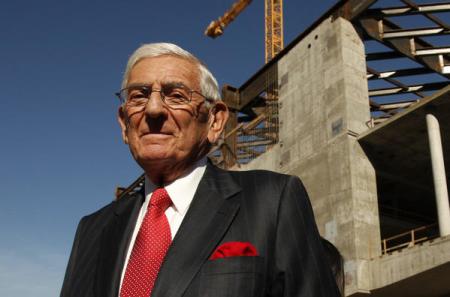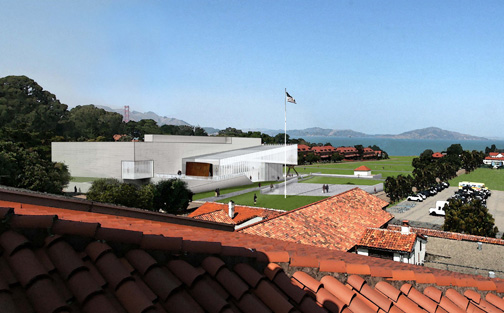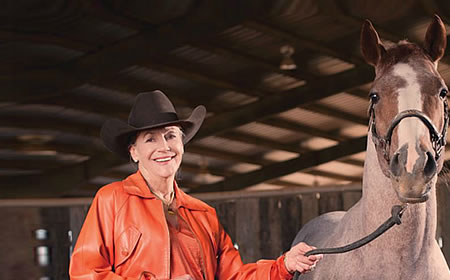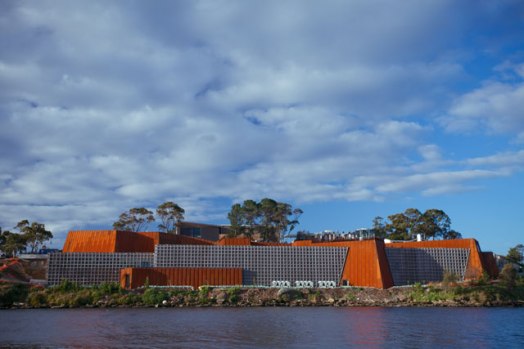Archive for the ‘Starchitecture’ Category
Chapter 3 (Part 3): Alice Walton & Crystal Bridges
“I’m Alice Walton, bitch.”[i] – Alice Walton, 2007
Alice Walton is the youngest daughter of Sam Walton, founder of Wal-Mart. She was raised in Bentonville, Arkansas—also the location of the first Wal-Mart, and where Wal-Mart corporate headquarters is located. In the past decade Walton has been on a shopping spree of American art, from colonial to contemporary.[ii] The spree was fueled by her philanthropic project, the Crystal Bridges Museum of American Art (she chose the name), also in Bentonville, a city with a population of 35,000. The cost for the project is unknown, but art blogger Lee Rosenbaum (CultureGrrl) investigated the museum’s 990s and revealed that between 2005 and 2010, the museum spent $508.57 million in “expenses for charitable activities”[iii]—an intentionally vague category. These activities most like are the acquisition of art but also the design and construction of the museum by architect Moshe Safdie.
Chapter 3 (Part1): Collector-Created Cultural Capitals
“Los Angeles in my view is becoming the contemporary art capital of the world.”[i] – Eli Broad
LA, or certain people who write about the art scene in LA, or people who get quoted about the art scene in LA, seems to have an inferiority complex. Everything that happens in the arts (a new exhibition, a new art fair, a new museum director…) is deemed the thing that will finally turn LA into an/the art capitol. William Poundstone did a survey of this decades-long mentality[ii] this week inspired by an article in The Economist titled, “2014 may prove a turning point for art museums in Los Angeles.”[iii] But come on – LA, people who write about the art scene in LA, people who get quoted about the art scene in LA, and the people of LA have nothing to prove. The Getty squashed that issue a few years ago, didn’t it?
Back in 2011, the Getty’s ten-years-in-the-making endeavor, Pacific Standard Time (or PST as it has come to be known) opened. Over 60 institutions across Southern California presented exhibitions focused on the region’s art scene between the years of 1945 and 1980. The Getty’s goal was to record, preserve, and present the many contributions Southern Californian artists and arts organizations made to contemporary art during the time period. Initial grants were given to arts organizations to catalogue archives from the period, followed by exhibition grants. Some of these exhibitions traveled to other venues in the country and some traveled internationally. Catalogues from these exhibitions were published and quickly integrated into university curriculums. Besides this trove of scholarship, another goal of PST was to present Los Angeles as an artistic capital.




